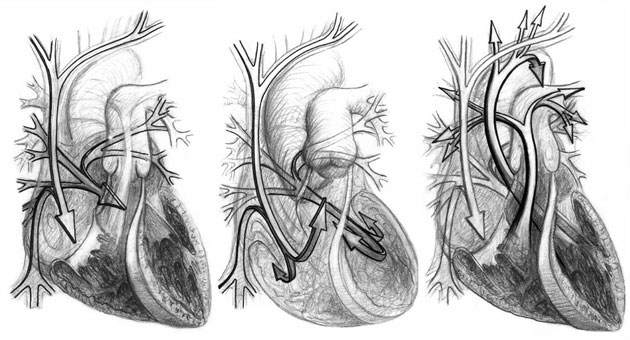
Photograph: British Heart Foundation Photograph: Public domain

Photograph: British Heart Foundation Photograph: Public domain
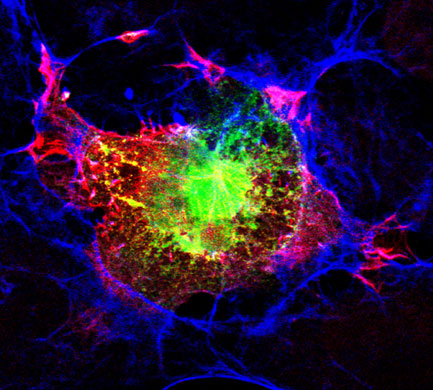
Photograph: British Heart Foundation Photograph: Public domain
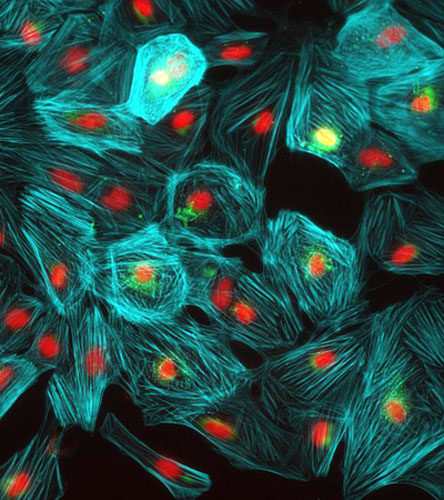
Photograph: British Heart Foundation Photograph: Public domain
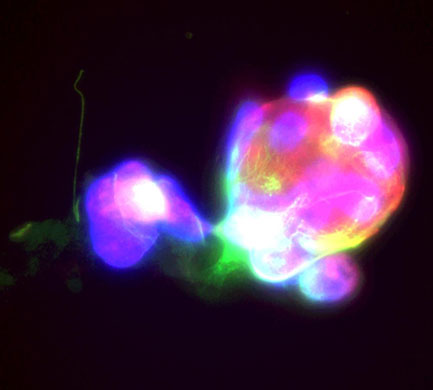
Photograph: British Heart Foundation Photograph: Public domain
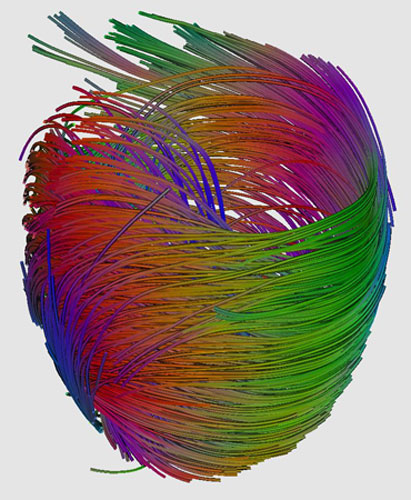
Photograph: British Heart Foundation Photograph: Public domain
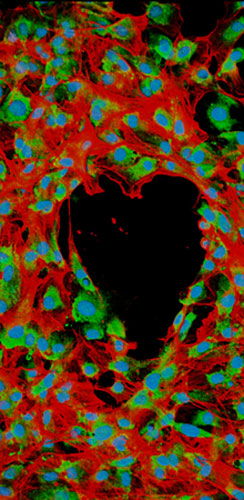
Photograph: Imaris/British Heart Foundation Photograph: Imaris/Public domain

